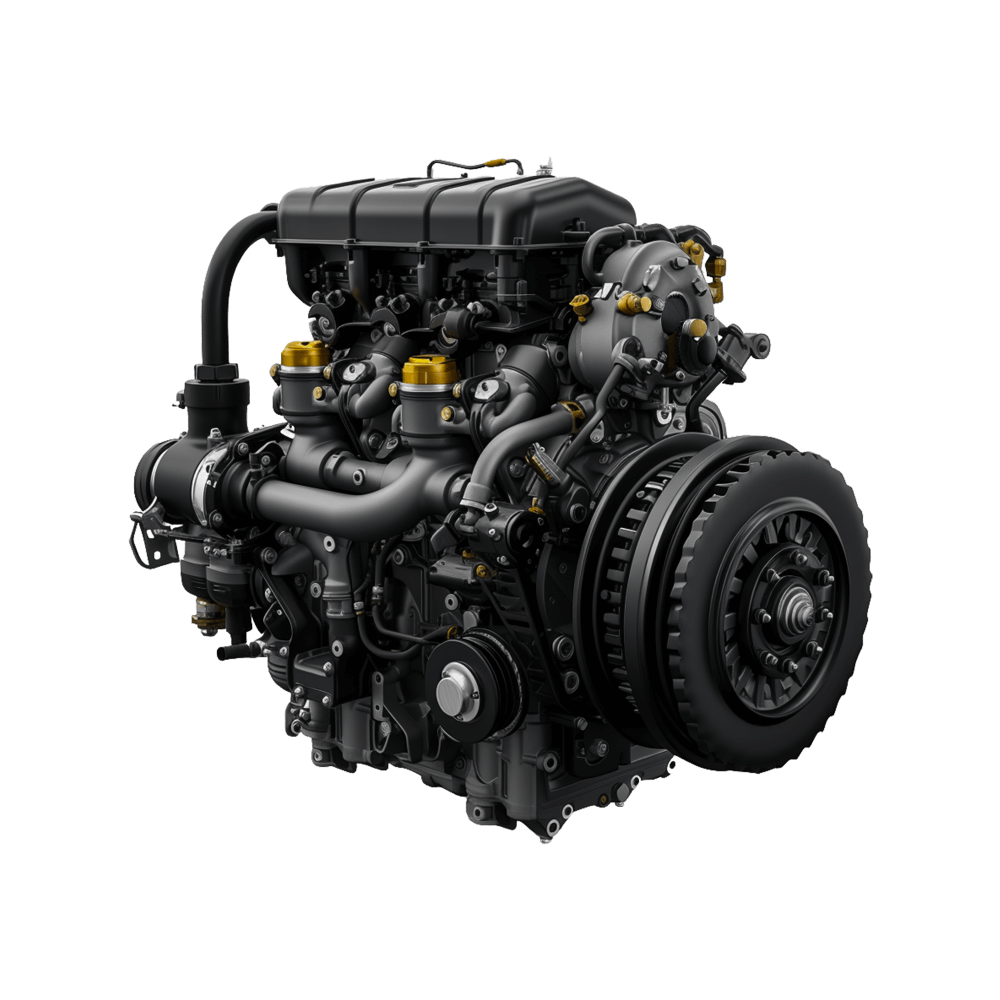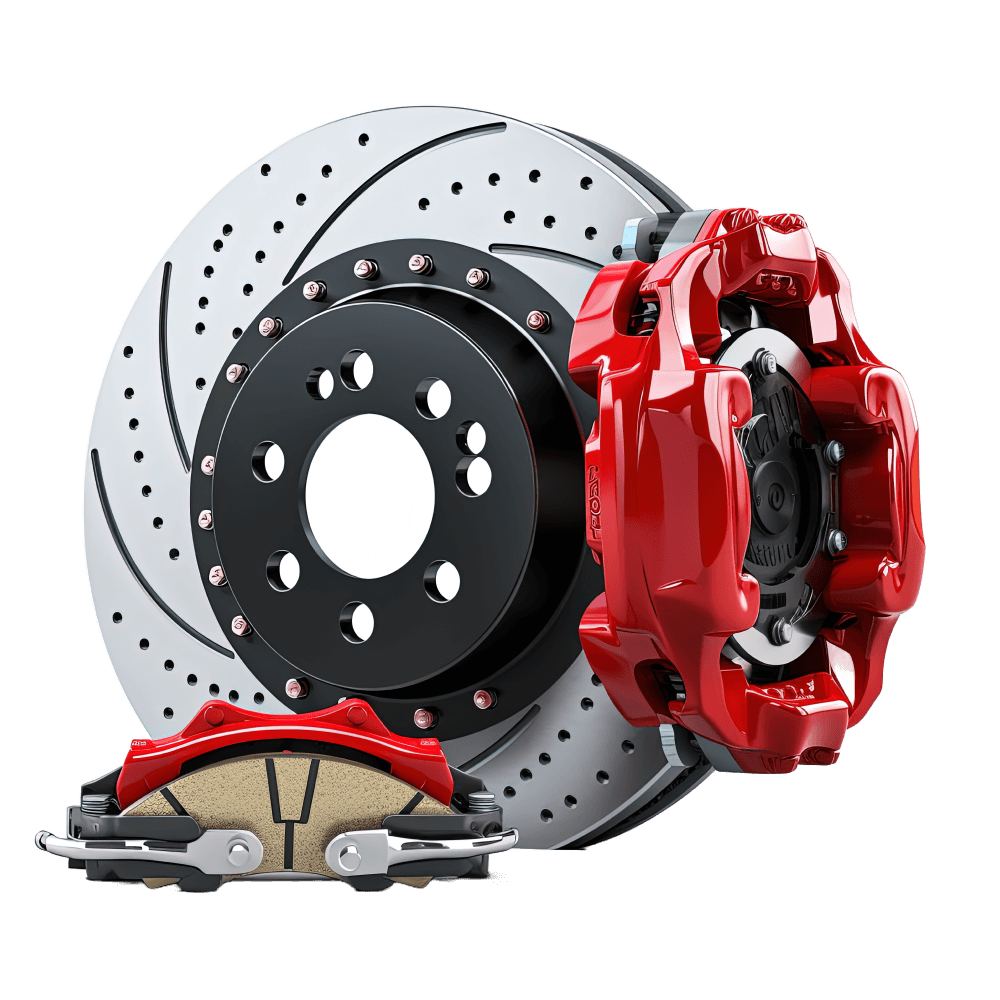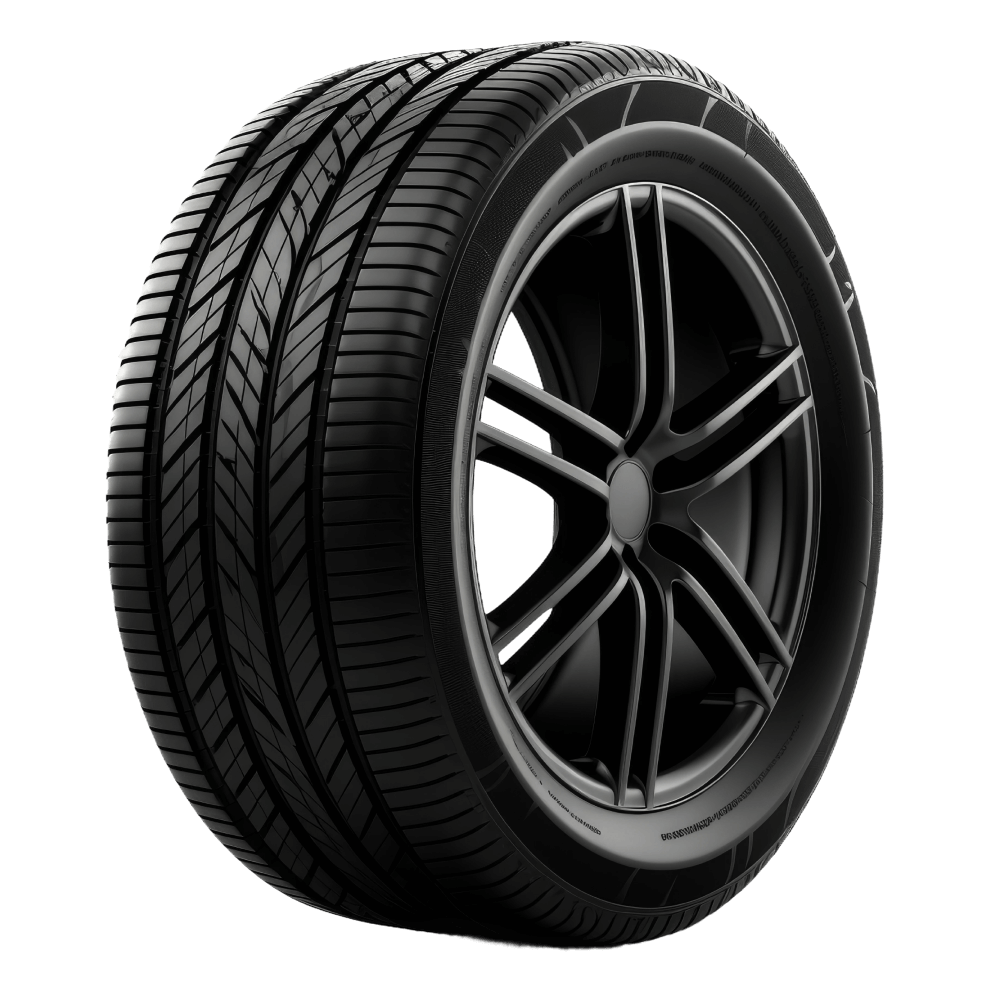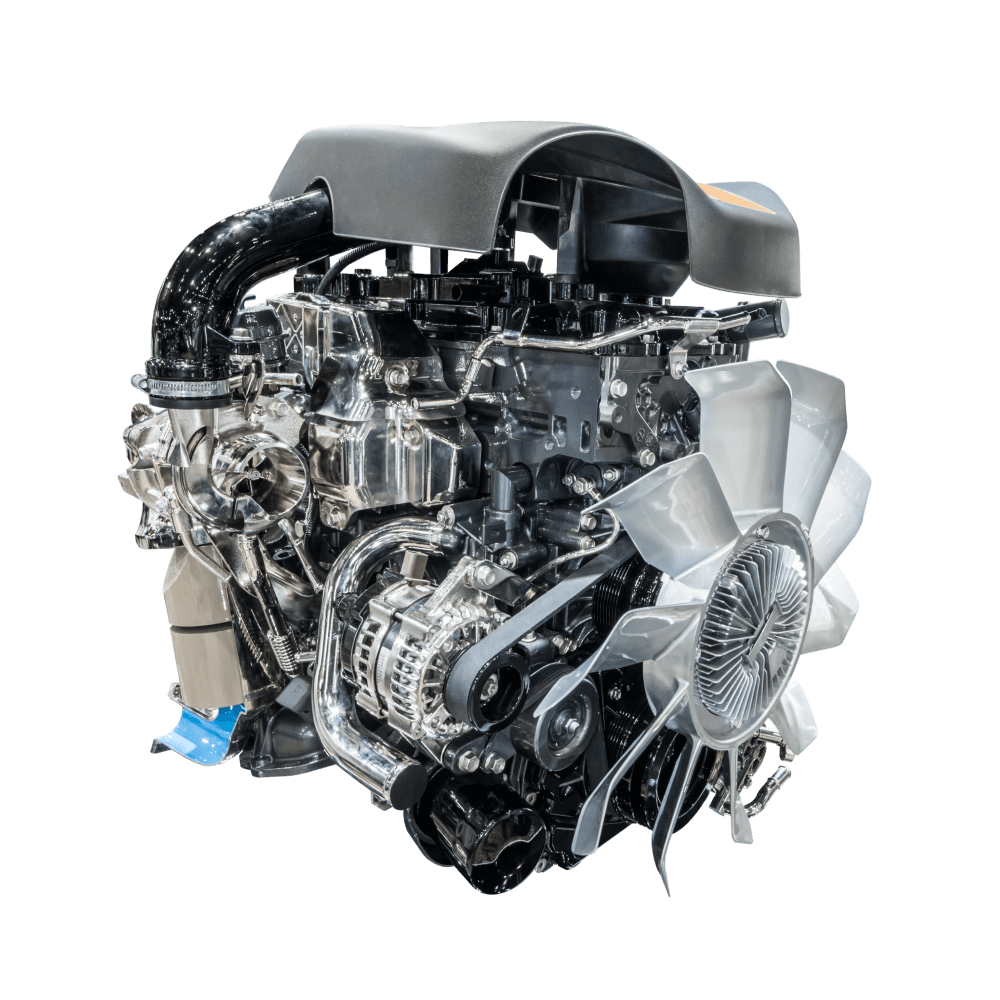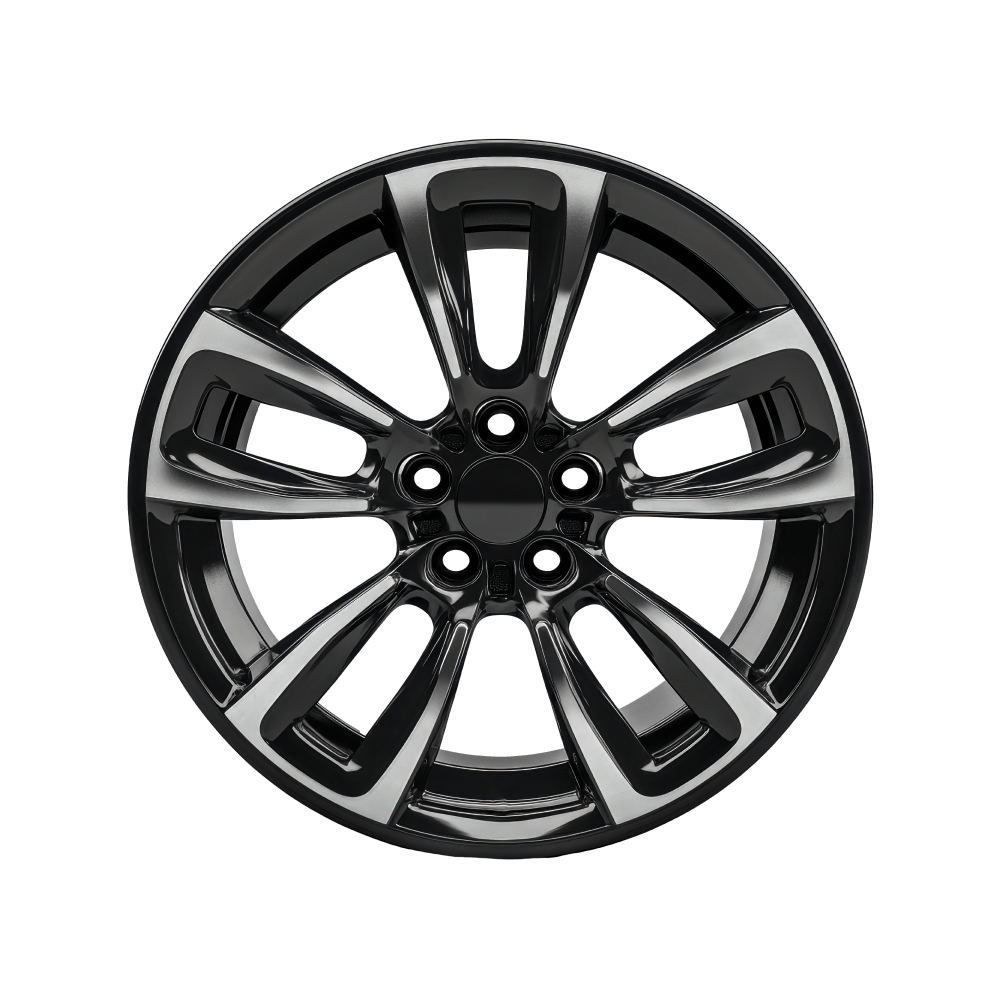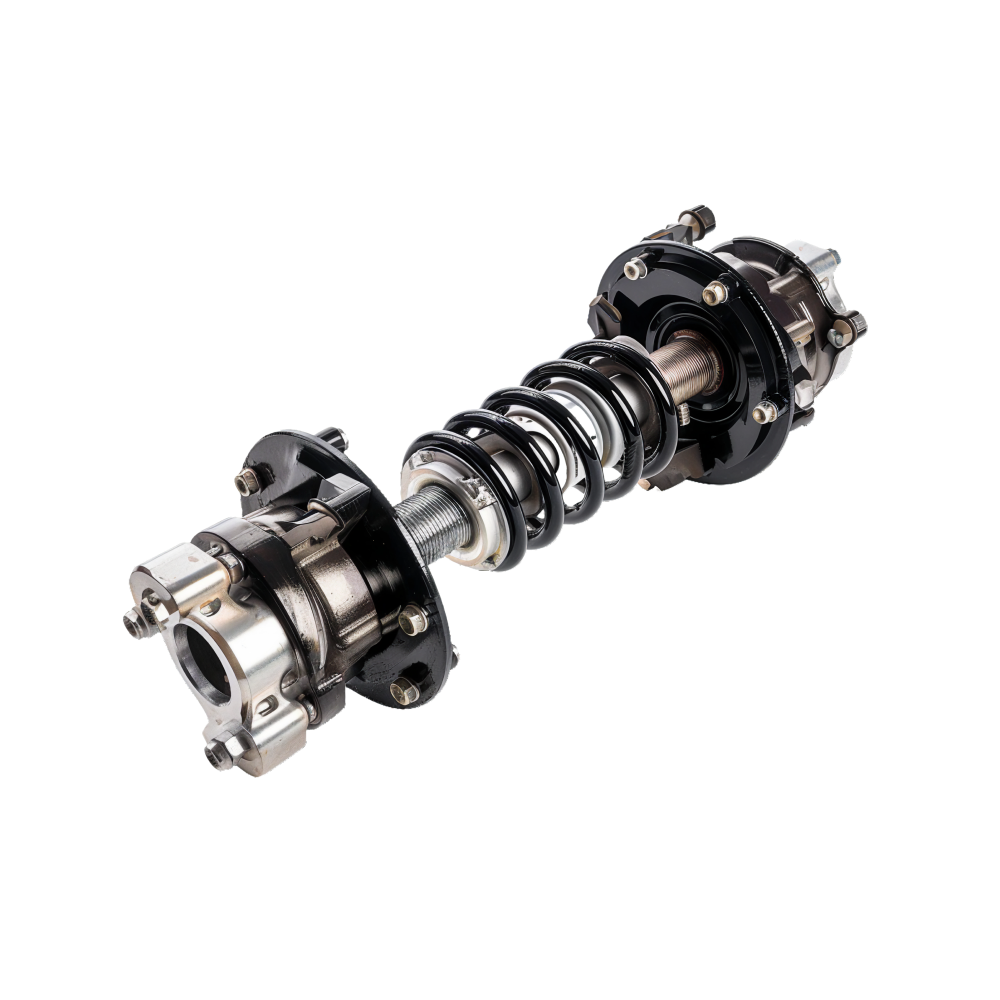As tariffs continue to be a wild card, here’s a closer look at what brought automobiles to an average skirting $50,000.
It’s been two weeks since the Trump administration’s tariffs were enacted on dozens of countries.
Finding firm numbers remains a challenge. But the European Union, Japan, and South Korea have agreed to 15% tariffs on their exports to the United States, and that means a lot of vehicles in our market will face those rates.
Numbers for other countries keep changing — Canada now faces 35% and Mexico, 25%, for now.
But one thing is sure: When you have someone deliberately unpredictable calling the shots, it’s hard to make predictions. And when you’re looking at something that requires as much planning as running an automobile manufacturer, you’re swallowing a lot of Tums and working in pencil.
I’ve been reviewing cars and covering automotive news for 15 years for The Inquirer, and in that time, the price of transportation has steadily risen.
We’re looking at an average new-car price in the United States of almost $50,000 for 2025, according to the Kelley Blue Book (KBB) website. Just under one-fifth of car buyers are facing a $1,000-plus monthly car payment, and just over a fifth have a 84-month loan term or longer, according to the everything-automotive site Edmunds.com.
So as we stand on the precipice of dramatic uncertainty, let’s take some time to see where we’re been and where we are now.
And finally, some speculation: Where will prices be by the end of the year? Where will sales be?
Believe it or not, prices are not currently at their highest ever, nor have they been running away in the last couple years, according to KBB’s numbers.
At $49,926, average new-vehicle prices reached their second-highest level in December 2022, deep in the heart of the pandemic, before sliding back down.
December 2024 saw their highest point ever, by a few dollars, at $49,950, and they’ve slid back down again since.
But what about the tariffs? Why haven’t they impacted pricing yet?
“We’re seeing almost every manufacturer just holding their fire right now, trying to see what happens here,” said Cox Automotive executive analyst Erin Keating.
Further complicating pricing are tariffs on automobile components like steel.
When the future is hard to predict, sometimes it’s best to start by looking at the past.
KBB’s numbers begin in January 2012 with an average price of $30,666.
Remember the $30,000 car? You can still find one today, but it’s a challenge. Obviously, since that was the average, there were probably still solid number of $25,000 and even some $20,000 cars back then.
Keating said now about half of vehicles on the market, or a little less than that, are going for less than $40,000. “What we’ve really lost is the under-$30,000,” Keating said.
Perhaps the Jeff Bezos-backed Slate truck will be a game changer if it arrives as advertised in 2026, or the new EV that Ford’s been teasing.
The pandemic makes a good cutoff point. There were prices before mid-March 2020 and prices after, when virus outbreaks and social distancing led to factory, transportation, and materials shortages around the world. The impact lasted into 2021 and 2022.
Since March 2020, average car prices went from $39,026 to $48,841 in July 2025, a 25% increase.
In contrast, average car prices rose 9% from the start of 2017 to March 2020.
And, here’s the real shocker: Average vehicle prices have pretty much leveled off since 2022 to an extent that surprised even me. There’s been just around a 4.5% increase in the average new-car price since the beginning of 2022.
“We saw a steep rise in [the price of] vehicles over the COVID period,” Keating said. “We know that there was supply-and-demand issue there, which Econ 101 will tell you that prices will rise when supply is tightened and demand is high.”
But, as that 9% increase from 2017 to 2020 suggests, the pandemic wasn’t the only factor.
Regulatory changes are behind a lot of the price increase, but probably not in the way you’ve been thinking.
Sam Fiorani, vice president of AutoForecast Solutions in Chester Springs, pointed to a change in regulations on fuel economy average by manufacturer, which began in 2017 following guidelines issued during the Obama administration.
It used to be that a gas guzzler of any size could be offset by any efficient car. But then someone had the idea that cars had to be averaged by their footprint.
“No longer could a Ford Focus offset a Crown Victoria,” Fiorani said.
This meant that manufacturers no longer looked at a money-losing small hatchback or sedan as a way to offset larger and thirstier vehicles, he explained. And the increasing popularity of SUVs and crossovers gave automakers even more reason to toss aside small cars.
And part of it is the consumer, said Mike Gempp, executive director of the Automobile Dealers Association of Greater Philadelphia.
“The biggest factor is consumer sentiment, consumers’ desire to drive a more expensive or larger vehicle,” Gempp said.
Americans are loathe to pay a lot for small cars, so those vehicles remain red ink for manufacturers, Fiorani and Keating agreed.
Fast forward to today, the American market is missing out on Chinese offerings like MG and BYD because of restrictions on Chinese vehicles. These low-cost small cars would add a cheaper option for buyers.
“It’s a loss for the American consumer because nobody else is filling that gap,” Fiorani said.
Keating pointed to other sources of price increases as well.
I asked if it were better features, corporate greed, higher-end cars, and she replied it was a combination of those factors — plus, as mentioned before, the pandemic.
But regulations on automobiles have been a big part of it.
“Over the last 10 years we’ve really seen a lot of innovation” in safety features, which then became standard, Keating said. She pointed to automatic braking systems and rear-seat reminders that are now requirements.
Keating mentioned that corporate greed was not as big a factor on automobile prices, and I was like “Huh?”
What about those whopping profit margins the manufacturers have been enjoying — GM made $14.9 billion before taxes in 2024, and Ford made $10.2 billion, just as two examples.
“Margins on new cars are so razor-thin for manufacturers,” Keating said.
So where are they making their money?
“Manufacturers have relatively diversified businesses, but one of the big parts of the business is also parts, warranty business, and service,” Keating said.
So far, tariff warnings have actually increased sales, as consumers have rushed to buy before they take effect. But automakers are already claiming losses this year because of them.
Gempp expects an impact on sales coming this year.
“As far as new vehicle sales overall, I would say they’re going to continue to stay soft or get softer,” Gempp said. A surge of sales came in March and April, when tariffs were announced but not yet implemented. “That pushed forward a lot of the sales that I think we’re going to see over the year in 2025.”
So the rest of 2025 promises to be a real game changer, and probably an eye opener, as we see manufacturers finally having to incorporate tariffs into their pricing structures.
Keating estimated price hikes of 4%-8% by the end of the year.
And after that happens, consumers can expect one thing: A new, more expensive price floor.
“Once prices go up it’s very rare that they come down, and we’re certainly learning that lesson now with tariffs,” Keating said. “It’s very rare that any retailer — be it furniture, clothing, anything — would actually pull that pricing once they see the market will actually bear that higher price.”


